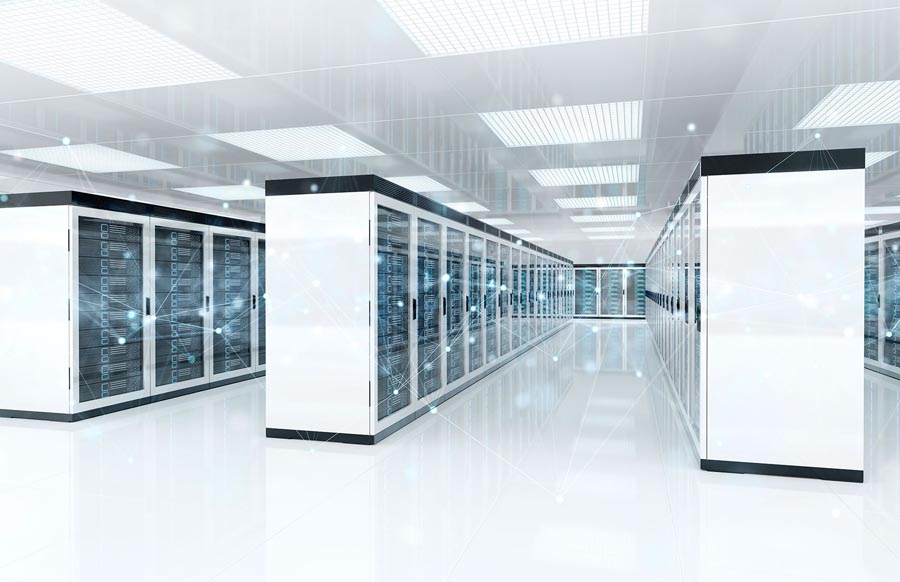How Edge Computing is Reshaping the Need for Future-Proof Data Centers

Data isn’t just growing; it’s spreading. Gone are the days when information flowed neatly into centralized data centers. Instead, data is being created, collected, and processed at the “edge”—closer to where it’s generated, whether that’s in a factory, on a phone, or in a smart city system. This is the rise of edge computing, and it’s reshaping the future of data centers in ways few saw coming.
The Rise of Edge Computing – What’s Happening?
In the most basic terms, edge computing is about processing data locally, rather than sending it all back to a centralized data center. Think about autonomous vehicles. Every second, they gather massive amounts of data from sensors, cameras, and radar systems.
Sending all that data back to a central server for processing would be inefficient, time-consuming, and even dangerous. Instead, much of the processing is done right there at the “edge”—on the car itself.
This concept is expanding across industries.
Why Traditional Data Centers Aren’t Enough Anymore
Traditional data centers are designed for centralized data processing and storage. They work well when everything flows in and out of one place. But edge computing breaks this model. Data now lives in more places, and the need to move that data quickly and securely has never been greater. The idea of a single, massive data center being the hub of all operations is becoming outdated.
Building a Future-Proof Data Center for the Edge
How do you build a data center that’s ready for the edge revolution? It starts with flexibility and modularity. Your infrastructure should be designed to adapt—whether that means integrating new technologies, adding capacity on the fly, or pivoting in response to unexpected demands.
Here are a few key strategies to consider:
- Hybrid Cloud Models:
Embrace a hybrid cloud approach where your data center is both centralized and distributed. Cloud and edge computing can work in harmony, with the cloud providing scalability and edge offering the speed needed for real-time processing.
- Micro Data Centers:
Instead of massive, centralized facilities, consider smaller, modular micro data centers that can be deployed closer to where the data is being generated. These micro facilities are easier to manage and scale as your needs change.
- Automation and AI Integration:
The future belongs to smart data centers. Automation and AI should be at the core of your operations, helping with everything from security monitoring to predictive maintenance.
Conclusion
The edge is here, and it’s only going to grow. As IoT devices continue to proliferate, and industries demand faster, more efficient processing, the pressure on data centers will intensify. Those who don’t adapt will be left behind.
Future-proofing is about preparing for what’s next. It’s not about guessing what the future holds—it’s about creating an infrastructure that can evolve alongside the technologies shaping that future.
The shift to edge computing isn’t just a technical transformation—it’s a business imperative. The organizations that future-proof their data centers today will be the ones leading tomorrow.


